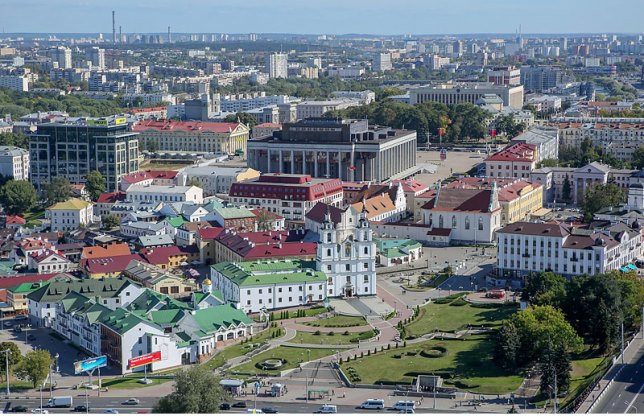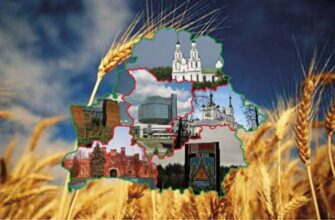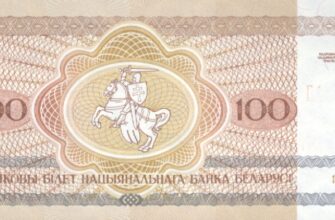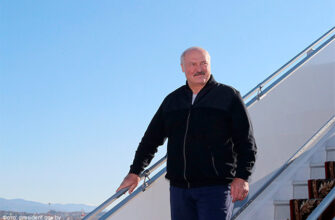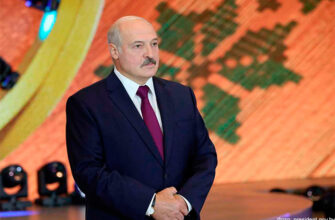According to the National statistics Committee, in January-August 2016 the GDP of the Republic of Belarus amounted to 60.8 billion Belarusian rubles (31.8 billion USD), which is by 3% less compared to the same period of 2015. Despite this, the government forecasts a 0.3% GDP growth by the end 2016.
In January-August 2016, the foreign trade turnover of Belarus dropped by 15% to 32.5 billion USD compared to January-August 2015. From this volume, the exports totaled 15.2 billion USD (-17.2%), and the import was 17.3 billion USD (-13%).
In January-August 2016, the average monthly salary totaled 711.4 RUR (372.1 USD) in the country, which is by 4.1% less than a year earlier. With that, the rise in the consumer prices totaled 7.6% for the period. It is worth noting that the first in the last 7 years deflation of 0.1% has been noted in August 2016. The minimum level of the monthly salary has been noted among the employees of libraries, archives, museums – 411.1 rubles (215 USD) and the maximum salary has been noted in the fields of information technology and information services – 3’523.5 rubles (1’842.8 USD).
In 2017, the government forecasts a GDP growth by 0.2-1.7%, an inflation of 9% and a growth by 1.3% in real disposable money income of the population. However, the independent experts and the international organizations doubt the optimistic forecasts and expect a further decline of the economy. For instance, the international rating agency Fitch believes that the Belarusian GDP will decline by 2% in 2016, and the international Monetary Fund (IMF) predicts its drop of 3% in 2016 and of 0.5% in 2017. The country’s economy may show a possible growth by 1.75% only in 2018. However, to achieve this, the country needs serious structural reforms. Both the European Union and the main partner of Belarus, Russia, have the same opinion on the question.
